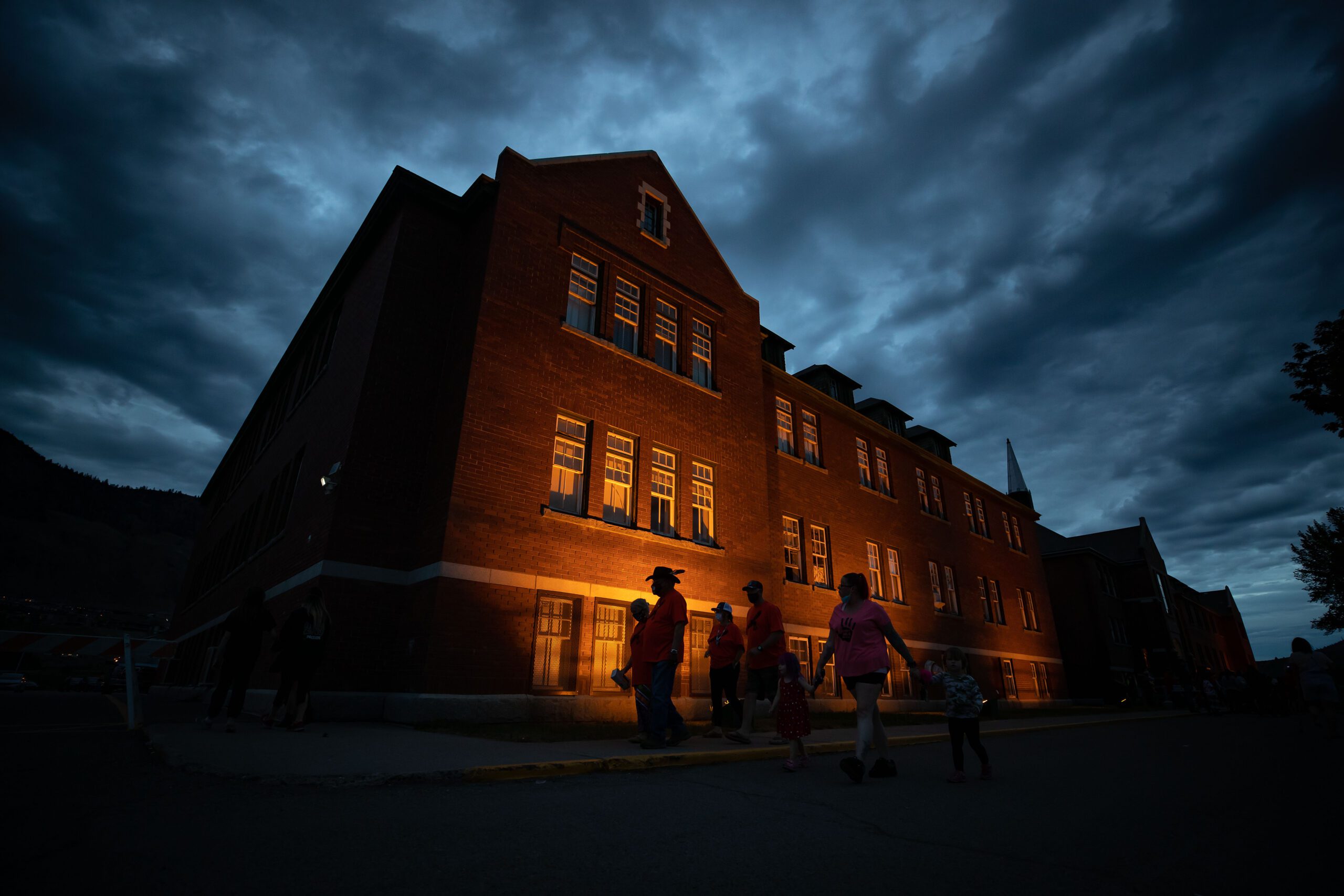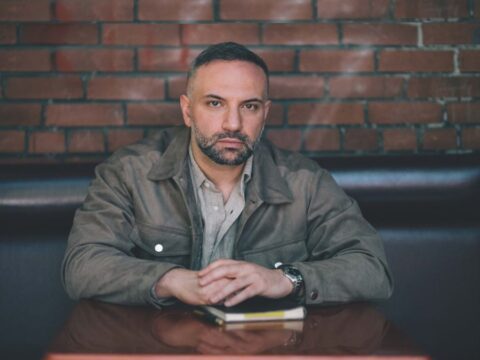I think about the loss of humanity that occurred within the walls of the Kamloops Indian Residential School. To the administrators, everyone was a number, and children were punished if they tried to share their name or anything else in Secwepemctsin. Children died, were malnourished, tortured and raped. Epidemic levels of tuberculosis and other communicable diseases bloomed inside the building run by Roman Catholic priests and Sisters of Saint Ann.
I can’t imagine that horror. In desperation, some fled in search of the safety and love of home. They were hunted down and brought back to the red brick building and abused. Some chose suicide as a means of escape.
You may unsubscribe from any of our newsletters at any time.
And at least 215 children would end up out on the school property, in the unmarked graves that have finally been found.
Those who were able to leave to try and put residential schools behind them went to homes they no longer recognized, to people they no longer knew and to a world that no longer made any sense. This brokenness had poisoned them and would come to poison their children as well.
I look inward, to know that my own father attended one of these schools in Manitoba. I don’t know what happened to him when he attended. The ’60s Scoop hacked me off from my biological family and I never came to know of him until after he passed. A dawning realization is that for me, he is among the missing children, only it is I that never came home.
More on Broadview:
- A Sixties Scoop survivor’s healing journey
- The meaning behind orange shirts for the Kamloops residential school victims
- Once abandoned, this cemetery became a marker for Indigenous reconciliation
You can read the findings of the Truth and Reconciliation Commission (TRC). Volume 4 is titled “Missing Children and Unmarked Burials.” The TRC noted that more unmarked graves likely exist. This discovery is evidence of genocide because there are more than 130 schools just like it in Canada with so many children never accounted for.
I have been inside the Kamloops Indian Residential School. My partner works for the band, and her office is at the former school. It’s a harrowing, ancient place. The doorknobs are low on the doors and mirrors low on the walls of the washrooms. This was a place for children, no matter how it has been repurposed. Survivors of the Kamloops Indian Residential School have spoken about possible bodies in the orchard that still bears fruit to this day that everyone in the community knows not to pick.
Healing is a complex, multigenerational journey for the families of those who carry memories of these atrocities. It has been said that education is an important tool so that truth can be told and reconciliation be made possible. Though I never knew him, I know that my father lived to be an advocate for residential school survivors. That is an important part of his legacy, one that I want to carry forward with me on his behalf.
It’s been a hard road for those who have lived this history, and we hope that all Canadians come to understand how the past has informed the present and will shape the future for all of us.
***
Mike Alexander is a painter and writer. He lives in Kamloops, B.C.
Emotional support or assistance for those who are affected by the residential school system can be found at Indian Residential School Survivors Society toll-free 1 (800) 721-0066 or 24-hr Crisis Line 1 (866) 925-4419.














